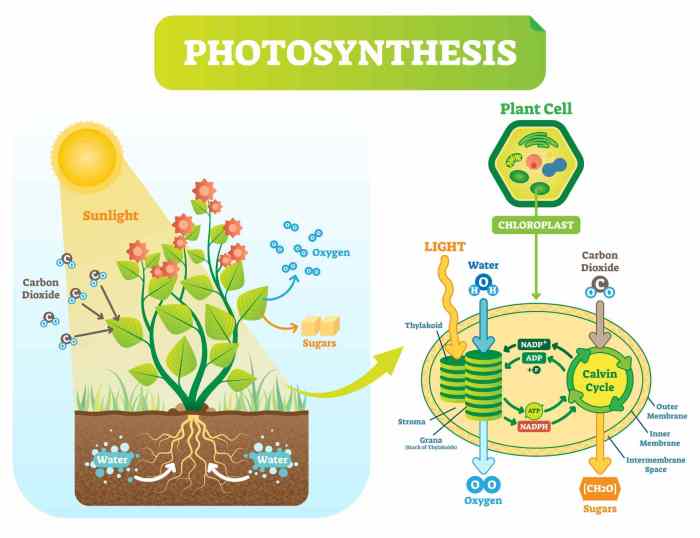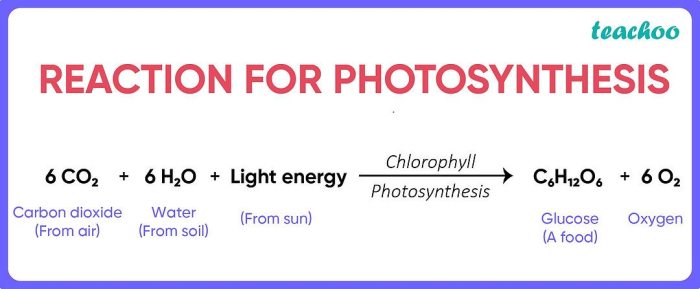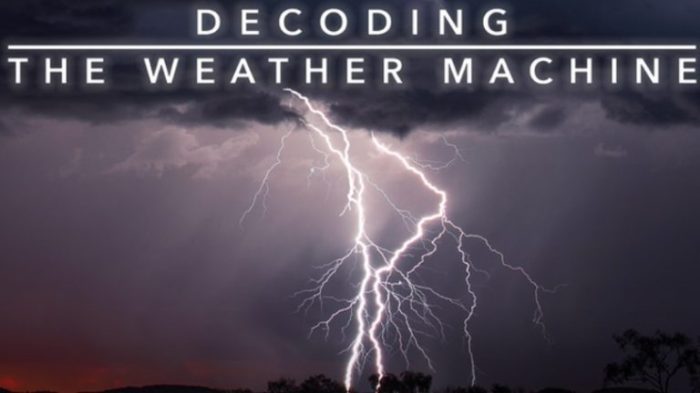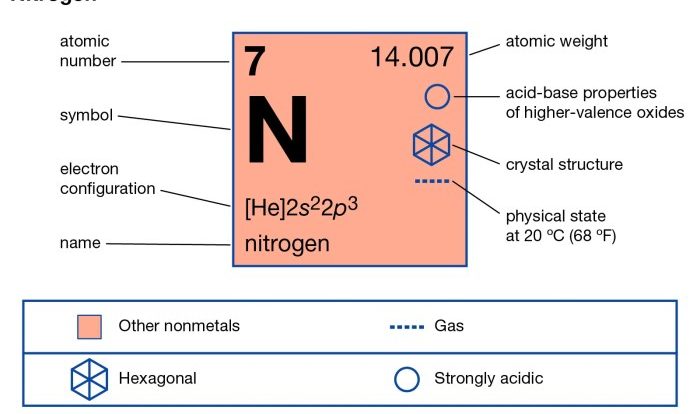Here are three different ways to visualize the photosynthesis reaction, providing a captivating overview of the topic. By presenting the reaction in diverse visual formats, we enhance comprehension, facilitate learning, and unlock the complexities of this fundamental process.
The photosynthesis reaction, a cornerstone of life on Earth, converts light energy into chemical energy stored in glucose molecules. Visualizing this intricate process can empower students and researchers alike, enabling them to grasp the reaction’s mechanisms and appreciate its significance.
Visualizing Photosynthesis Reaction: Here Are Three Different Ways To Visualize The Photosynthesis Reaction

Visualizing the photosynthesis reaction is crucial for understanding the complex process by which plants convert light energy into chemical energy. Visualizations help break down the reaction into manageable components, making it easier to grasp and remember.
Types of Visualizations, Here are three different ways to visualize the photosynthesis reaction
There are several different types of visualizations that can be used to represent the photosynthesis reaction, including:
- Chemical equations:These equations show the reactants and products of the reaction, as well as the energy changes involved.
- Diagrams:These diagrams illustrate the steps of the reaction, showing how the reactants are converted into products.
- Animations:These animations show the reaction in real time, allowing students to see how the molecules move and interact.
Benefits of Visualizations
Visualizations can provide a number of benefits for understanding the photosynthesis reaction, including:
- Improved comprehension:Visualizations can help students visualize the abstract concepts involved in the reaction, making it easier to understand.
- Increased retention:Visualizations can help students remember information more effectively than text alone.
- Enhanced engagement:Visualizations can make learning more engaging and enjoyable for students.
Creating Visualizations
There are a number of different ways to create visualizations of the photosynthesis reaction, including:
- Using online tools:There are a number of online tools available that can be used to create visualizations, such as Google Earth and SketchUp.
- Drawing by hand:Students can also create visualizations by hand, using paper and pencils or markers.
- Using software:There are a number of software programs available that can be used to create visualizations, such as Adobe Photoshop and Illustrator.
Applications of Visualizations
Visualizations of the photosynthesis reaction can be used in a variety of different contexts, including:
- Education:Visualizations can be used to teach students about the photosynthesis reaction in a variety of settings, including classrooms, museums, and online.
- Research:Visualizations can be used to help researchers understand the photosynthesis reaction and develop new technologies.
- Outreach:Visualizations can be used to communicate the importance of photosynthesis to the public.
FAQ Guide
What are the benefits of visualizing the photosynthesis reaction?
Visualizations simplify complex concepts, enhance comprehension, and aid in retaining information.
How can visualizations be used in educational settings?
Visualizations can illustrate abstract concepts, engage students, and promote interactive learning.
What are some examples of different types of visualizations for the photosynthesis reaction?
Flowcharts, diagrams, and simulations are commonly used visualization methods.




